Literature has always been a mirror reflecting humanity’s deepest fears, wildest dreams, and most ambitious pursuits. When science enters the realm of storytelling, something magical happens—we get characters who push boundaries, challenge ethics, and inspire generations of real scientists. These fictional researchers, inventors, and visionaries have shaped how we think about discovery, progress, and the responsibility that comes with knowledge. From gothic laboratories to futuristic space stations, literary scientists have captured our imagination and influenced actual scientific careers more than any textbook ever could.
The Father of Modern Science Fiction Horror
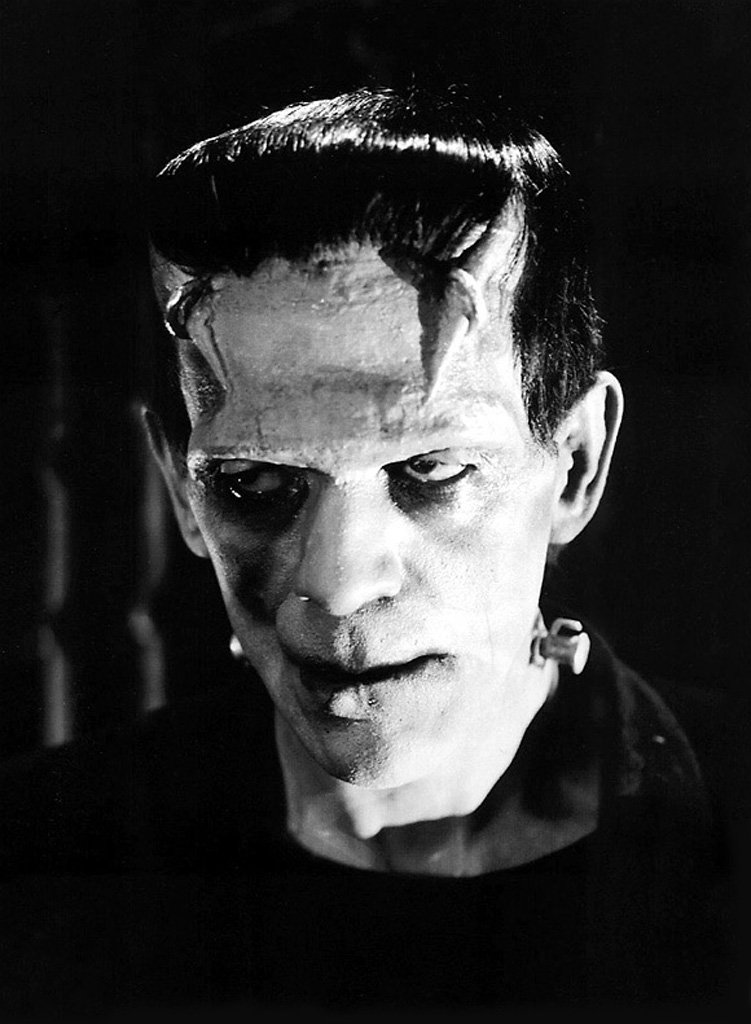
Victor Frankenstein stands as perhaps the most recognizable scientist in all of literature, and for good reason. Mary Shelley’s creation in 1818 didn’t just give us a monster story—she gave us the first serious exploration of scientific ethics in fiction. Frankenstein’s obsession with creating life touches on themes that feel incredibly relevant today, from genetic engineering to artificial intelligence. His character represents the dangerous side of unchecked scientific ambition, where the pursuit of knowledge becomes more important than considering the consequences. The novel essentially created the “mad scientist” archetype that still influences how we portray researchers in popular culture. What makes Frankenstein truly influential is how he forces us to ask uncomfortable questions about the limits of human knowledge and the responsibility scientists have toward their creations.
The Time Traveler Who Changed Everything
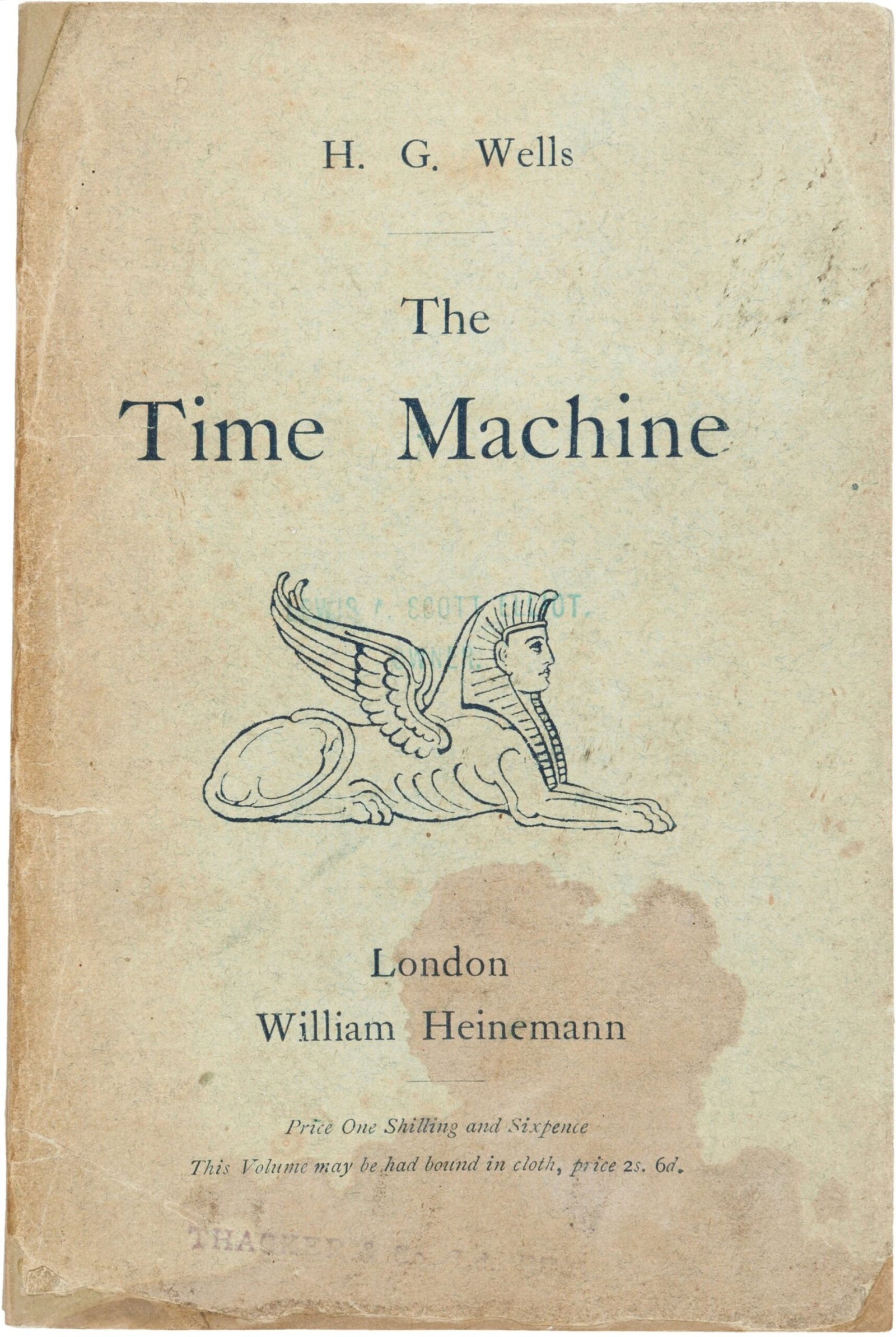
H.G. Wells introduced us to an unnamed scientist in “The Time Machine” who would revolutionize how we think about temporal mechanics and scientific exploration. This character’s methodical approach to time travel, treating it as a scientific problem to be solved rather than magic, established the foundation for science fiction as we know it. His detailed explanations of four-dimensional thinking and temporal theory influenced countless physicists and science fiction writers who came after. The Time Traveler’s willingness to risk everything for scientific discovery embodies the true spirit of exploration that drives real researchers. Wells created a character who wasn’t just smart—he was curious enough to literally travel through time to satisfy his scientific questions. This portrayal of science as adventure rather than just laboratory work inspired generations of young people to pursue careers in research and exploration.
The Detective Who Made Science Cool
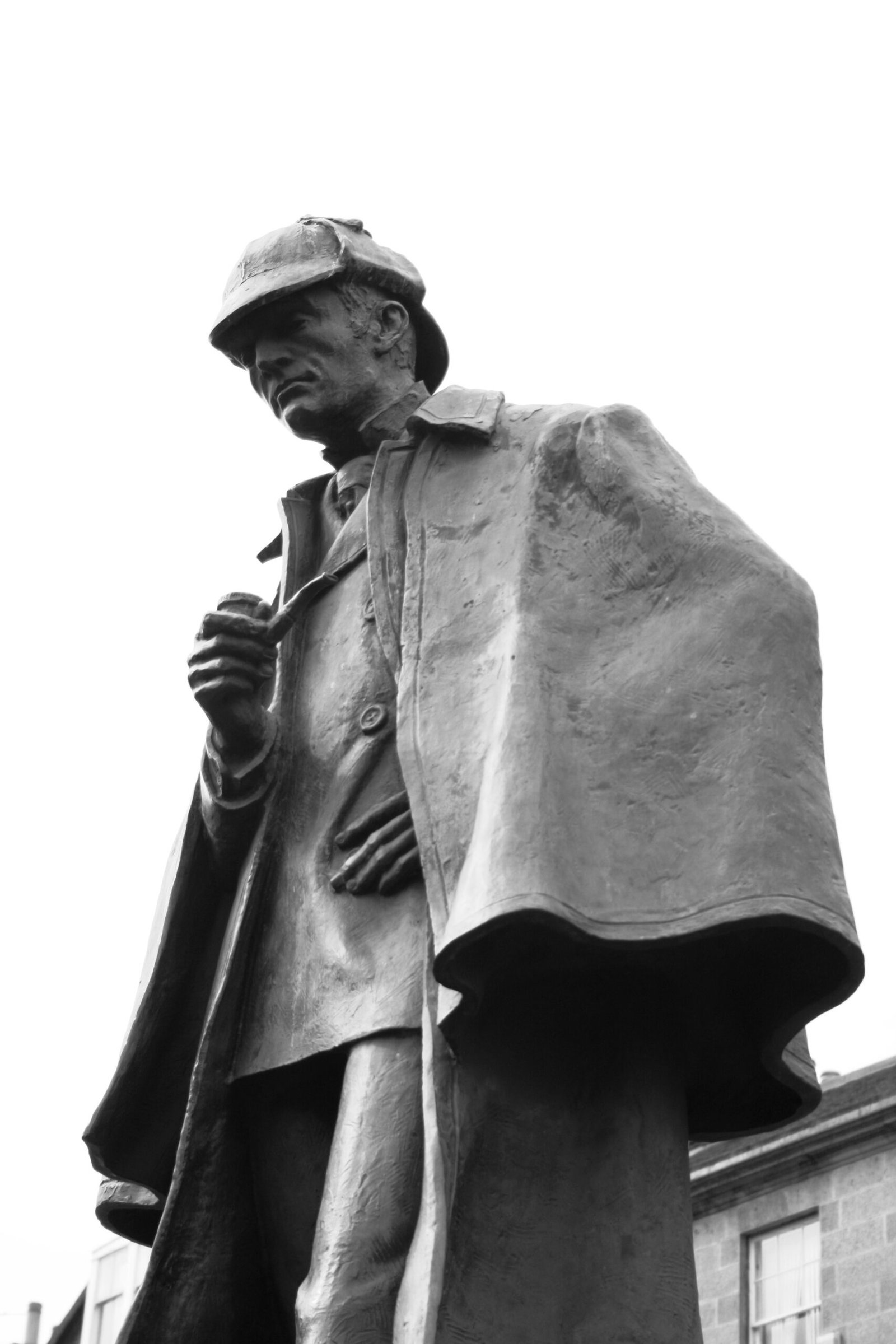
Sherlock Holmes might not wear a lab coat, but his scientific approach to solving crimes made analytical thinking incredibly appealing to readers worldwide. Arthur Conan Doyle’s creation uses chemistry, biology, psychology, and forensic science with a precision that was revolutionary for Victorian literature. Holmes treats every case like a scientific experiment, forming hypotheses, gathering evidence, and testing theories until he reaches a logical conclusion. His methods influenced real forensic science development and inspired countless people to pursue careers in criminology and analytical sciences. The character showed that scientific thinking could be exciting, dramatic, and heroic—not just something done in dusty laboratories. Holmes proves that observation, deduction, and systematic thinking are powerful tools that can solve real-world problems, making science accessible and thrilling for everyday readers.
The Psychologist Who Predicted the Future
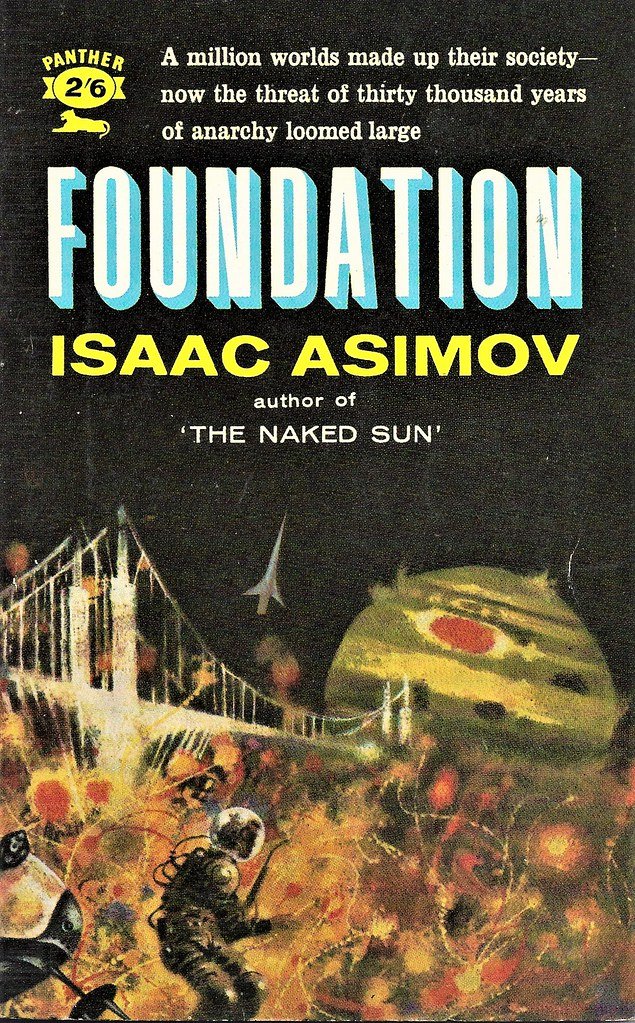
Isaac Asimov’s Hari Seldon from the “Foundation” series represents one of literature’s most ambitious scientific minds. Seldon develops psychohistory, a mathematical science that can predict the future behavior of large populations using statistical analysis. This concept was groundbreaking when Asimov introduced it, essentially predicting the rise of big data and social sciences decades before they became reality. Seldon’s character demonstrates how mathematics and psychology can combine to create powerful predictive tools, inspiring real scientists to explore similar interdisciplinary approaches. His work saving civilization through scientific planning shows science as both intellectual pursuit and moral responsibility. The character influenced how we think about social sciences, statistical modeling, and the role of scientists in shaping society’s future.
The Archeologist Who Brought Dinosaurs Back
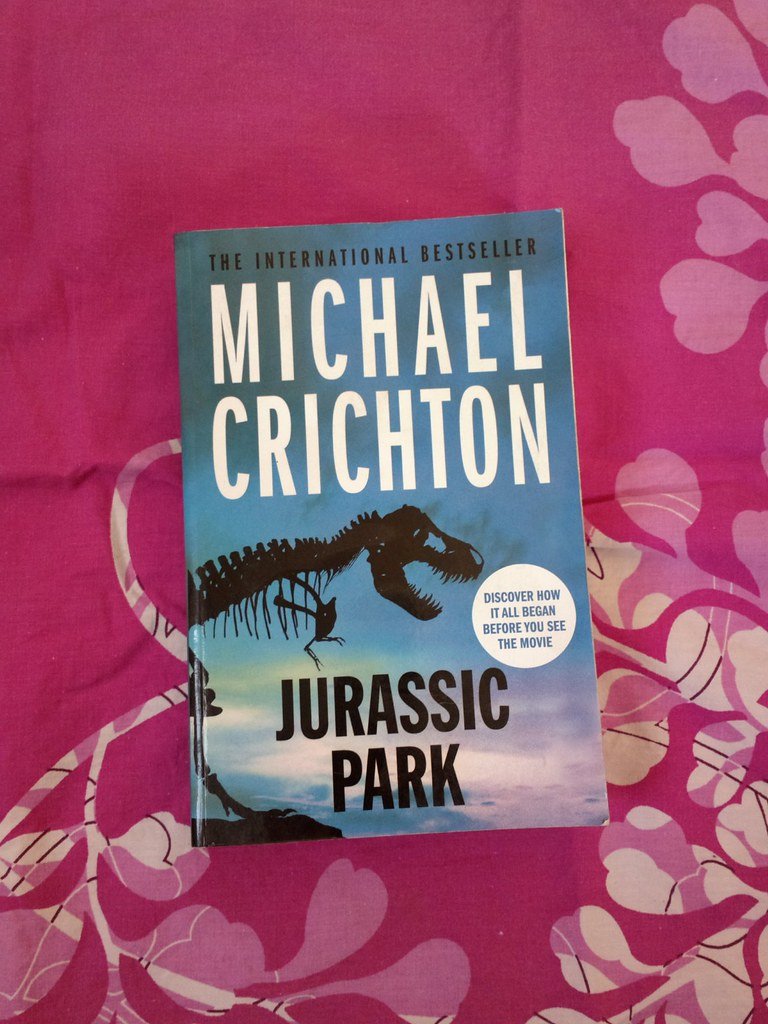
While Michael Crichton’s John Hammond from “Jurassic Park” serves as the cautionary tale, it’s the paleogeneticists and archaeologists in the story who represent scientific wonder and discovery. These characters, particularly Dr. Alan Grant and Dr. Ellie Sattler, embody the excitement of paleontology and genetic research that captured public imagination in the 1990s. Their dedication to understanding prehistoric life and the careful scientific methods they employ contrast sharply with Hammond’s reckless commercialization of science. These characters helped popularize paleontology as a field and inspired countless young people to pursue careers in earth sciences and genetics. The novel’s scientific characters demonstrate both the incredible potential of genetic engineering and the importance of ethical considerations in scientific research. Their portrayal of scientists as both adventurers and careful researchers created a new model for how we see field scientists and genetic researchers.
The Mathematician Who Saw Patterns Everywhere
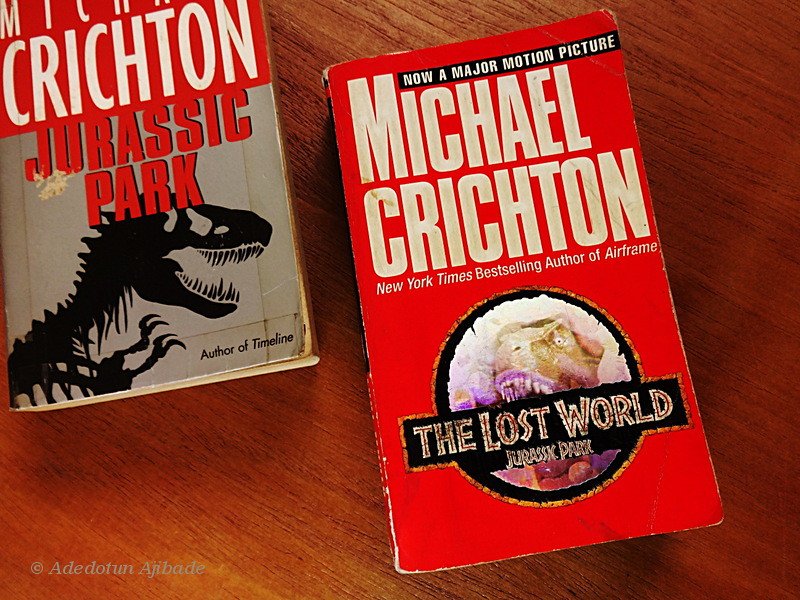
Ian Malcolm, also from Crichton’s “Jurassic Park,” introduced chaos theory to mainstream audiences through his charismatic and unconventional scientific personality. As a mathematician specializing in complex systems, Malcolm represents a different kind of scientist—one who sees the big picture and understands how small changes can have massive consequences. His famous line about a butterfly’s wings affecting weather patterns helped popularize chaos theory and nonlinear mathematics among general readers. Malcolm’s character shows that mathematicians aren’t just number-crunchers—they’re philosophers who understand the fundamental unpredictability of complex systems. His warnings about the park’s inevitable failure demonstrate how theoretical science can provide crucial insights into practical problems. The character influenced how people think about mathematics as a tool for understanding natural systems and predicting outcomes in complex situations.
The Botanist Who Saved Mars

Andy Weir’s Mark Watney from “The Martian” represents modern scientific heroism at its finest. Stranded on Mars, Watney uses his botanical and engineering knowledge to literally grow his way out of an impossible situation. His methodical, problem-solving approach to survival shows science as practical, life-saving skill rather than abstract theory. Watney’s character demonstrates the importance of interdisciplinary knowledge—he combines botany, chemistry, physics, and engineering to overcome each challenge he faces. The novel’s realistic portrayal of scientific problem-solving inspired renewed interest in space exploration and agricultural sciences. Watney proves that scientists are fundamentally optimistic people who see problems as puzzles to be solved rather than insurmountable obstacles.
The Linguist Who Changed How We Think About Communication

Louise Banks from Ted Chiang’s “Stories of Your Life” (adapted as the film “Arrival”) represents the often-overlooked role of linguistics in scientific discovery. As a linguist tasked with deciphering alien language, Banks shows how understanding communication is fundamentally a scientific process requiring hypothesis formation, testing, and analysis. Her work demonstrates that language science is just as rigorous and important as physics or biology, bringing attention to cognitive sciences and computational linguistics. The character’s journey shows how scientific discovery can be deeply personal and transformative, changing not just what we know but how we think. Banks influenced how people view language studies and cognitive science as legitimate and fascinating scientific fields. Her methodical approach to understanding alien communication highlights the scientific nature of language analysis and cross-cultural understanding.
The Quantum Physicist Who Questioned Reality
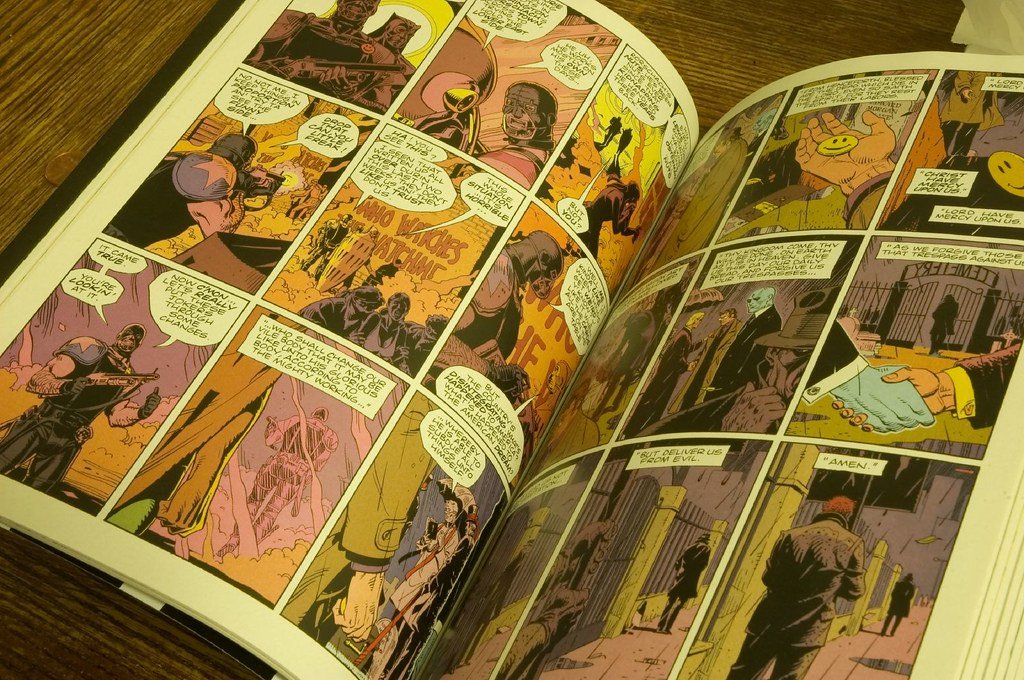
Dr. Manhattan from Alan Moore’s “Watchmen” represents the ultimate physicist—a scientist who becomes so immersed in quantum mechanics that he transcends normal human experience. Originally Dr. Jon Osterman, his transformation into Dr. Manhattan after a nuclear accident creates a character who experiences time nonlinearly and understands matter at the atomic level. This character explores what might happen if someone truly understood quantum physics at an experiential rather than just theoretical level. Dr. Manhattan’s detached perspective on human affairs reflects the challenge many scientists face in relating their work to everyday human concerns. His character influenced how we think about the relationship between scientific knowledge and human experience, questioning whether complete understanding might actually distance us from humanity. The portrayal suggests that ultimate scientific knowledge might come with unexpected costs and responsibilities.
The Computer Scientists Who Created Artificial Minds

The scientists in William Gibson’s “Neuromancer” and other cyberpunk literature created the template for how we think about computer science and artificial intelligence research. These characters work at the intersection of neuroscience, computer programming, and cognitive psychology to create artificial minds and virtual realities. Their work anticipated many developments in AI and computer science that we see today, from neural networks to virtual reality systems. These fictional researchers showed that computer science isn’t just about programming—it’s about understanding consciousness, intelligence, and the nature of reality itself. The cyberpunk scientists influenced real computer scientists and AI researchers by presenting technology development as both exciting frontier work and potentially dangerous territory. Their portrayal of computer science as a field that could fundamentally change human experience helped attract brilliant minds to technology careers.
The Evolutionary Biologist Who Explored Deep Time

Stephen Baxter’s paleontologist characters, particularly in “Evolution,” represent the long view of scientific thinking that considers vast spans of time and biological change. These scientists study life’s history across millions of years, developing understanding of evolutionary processes that operate on scales almost impossible for humans to comprehend. Their work demonstrates how scientific thinking can help us understand our place in the vast sweep of biological history. These characters show evolutionary biology as detective work, piecing together clues from fossils, genetics, and comparative anatomy to understand how life develops and changes. Their portrayal influenced public understanding of evolutionary science and deep time, helping people grasp the enormous scales involved in biological processes. The characters represent scientists as explorers of time itself, using evidence to reconstruct events that happened long before human existence.
The Synthetic Biologist Who Redesigned Life

Paolo Bacigalupi’s scientists in “The Windup Girl” work in synthetic biology, creating new organisms and redesigning existing life forms for various purposes. These characters operate in a world where biotechnology has advanced to the point where life itself becomes programmable, requiring deep understanding of genetics, biochemistry, and evolutionary biology. Their work explores the potential future of biological engineering and the ethical questions that arise when we can design living creatures. The synthetic biologists in Bacigalupi’s work show how future scientists might combine multiple disciplines to create entirely new forms of life. Their characters influenced thinking about biotechnology careers and the potential applications of genetic engineering. These fictional scientists demonstrate both the incredible potential and serious responsibilities that come with the ability to engineer living systems.
The Climatologist Who Predicted Environmental Catastrophe

Kim Stanley Robinson’s climate scientists, particularly in his climate fiction novels, represent researchers working on humanity’s most pressing challenge. These characters use complex computer models, atmospheric chemistry, and ecological knowledge to understand and predict climate change impacts. Their work demonstrates how modern environmental science requires integration of multiple disciplines from atmospheric physics to ecology and social science. These scientists show the frustration real researchers feel when their warnings about environmental change aren’t taken seriously by policymakers and the public. The characters influenced public understanding of climate science and inspired many young people to pursue careers in environmental research. Their portrayal of climate scientists as both rigorous researchers and passionate advocates for environmental protection created a new model for scientist activism and public engagement.
The Neuroscientist Who Mapped the Mind

The neuroscientists in Greg Bear’s “Blood Music” explore the frontier of consciousness research, working to understand how the brain creates awareness and thought. These characters operate at the intersection of biology, psychology, computer science, and philosophy to unlock the mysteries of consciousness. Their work demonstrates how neuroscience requires both technical expertise and deep thinking about fundamental questions of human experience. The fictional neuroscientists show how brain research can lead to transformative discoveries about the nature of mind and consciousness. Their characters influenced how people think about neuroscience careers and the potential for understanding consciousness scientifically. The portrayal of neuroscientists as explorers of inner space, mapping the final frontier of human experience, made brain research seem both accessible and deeply meaningful.
The Physicist Who Understood Multiple Realities
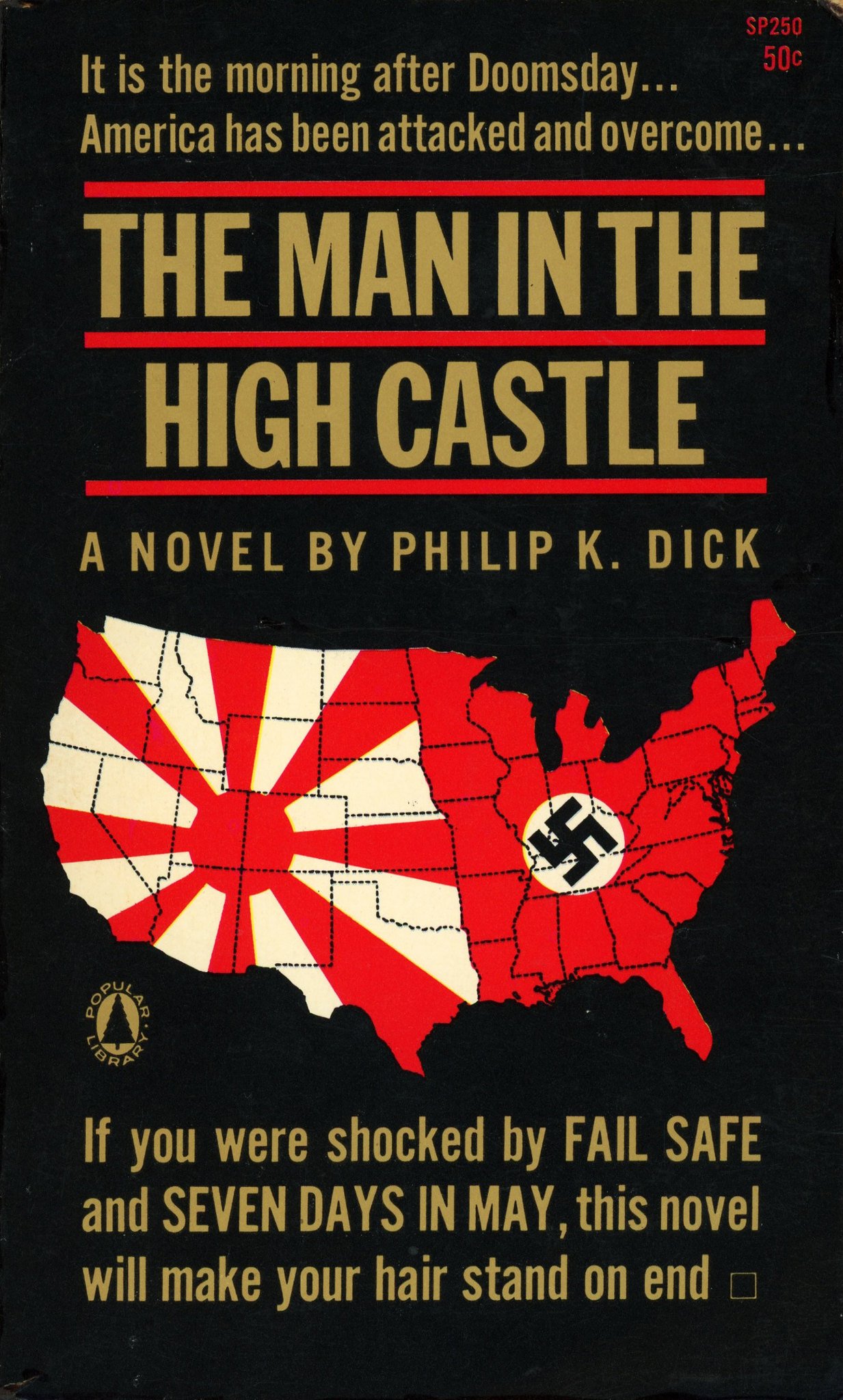
The quantum physicists in Philip K. Dick’s novels, particularly “The Man in the High Castle,” explore the implications of multiple realities and parallel universes. These characters grapple with the philosophical implications of quantum mechanics, questioning the nature of reality itself. Their work demonstrates how physics at the quantum level challenges our basic assumptions about existence and causality. These fictional physicists show that advanced science inevitably leads to profound philosophical questions about the nature of reality. The characters influenced how people think about quantum mechanics and its implications for understanding existence. Their portrayal of physicists as both technical experts and deep thinkers about fundamental reality made theoretical physics seem both intellectually challenging and personally meaningful.
Each of these literary scientists has shaped how we view scientific careers, research methods, and the role of science in society. They’ve inspired countless real scientists, influenced public policy discussions, and helped people understand complex scientific concepts through engaging stories. From Frankenstein’s warnings about unchecked ambition to Watney’s optimistic problem-solving, these characters show us different aspects of what it means to be a scientist. They demonstrate that science isn’t just about facts and formulas—it’s about curiosity, creativity, and the desire to understand our world and our place in it. What’s your favorite fictional scientist, and how did they change your perspective on the role of science in our lives?




